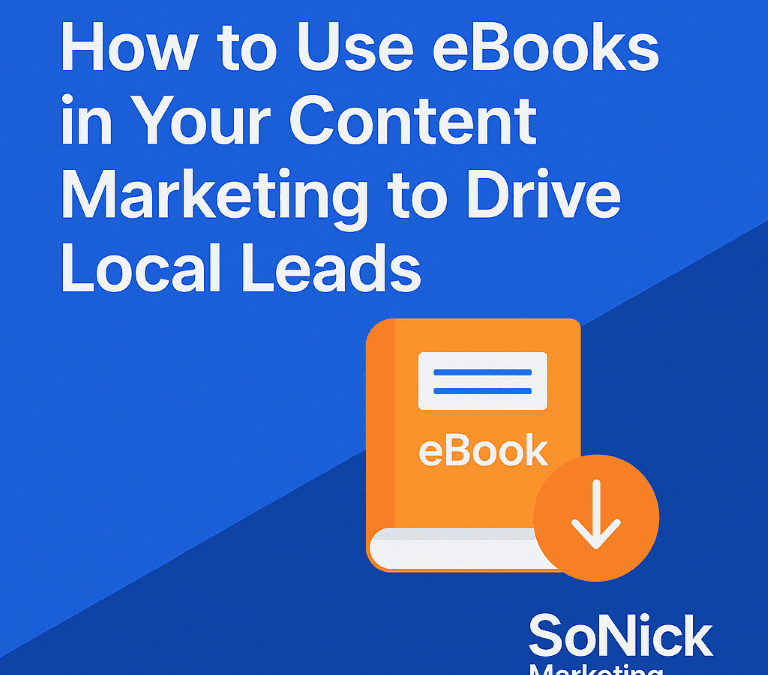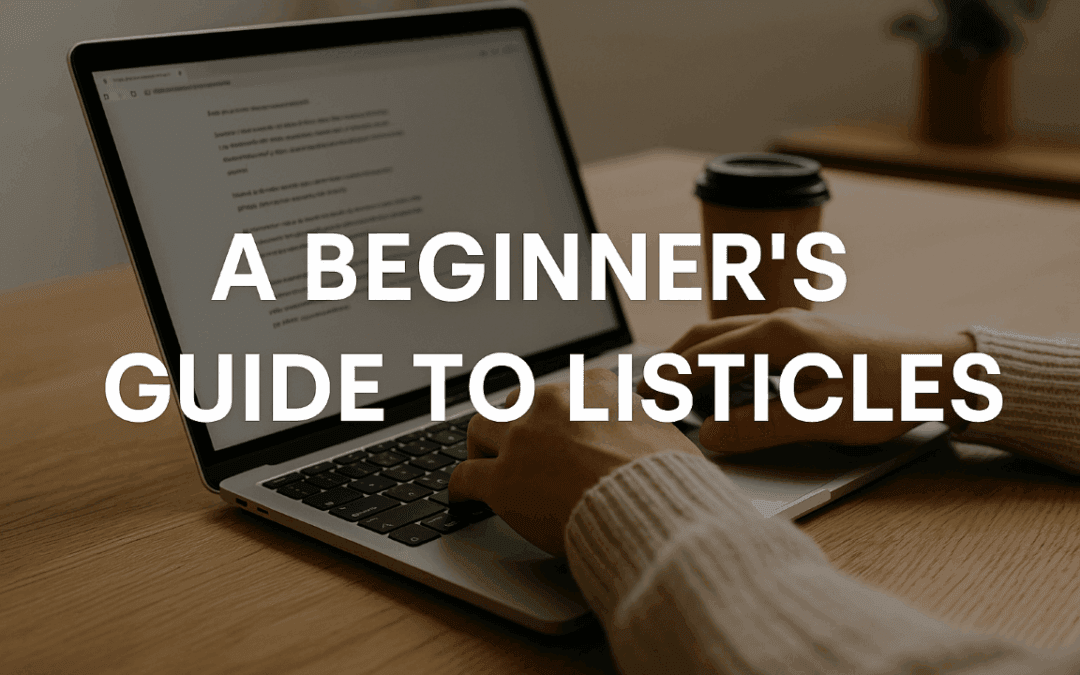Introduction:
A case study is an in-depth, positive, customer testimonial. According to Bright Local, 86% of consumers read reviews for local businesses and this influences customer buying habits. Case studies are an excellent marketing tool for content creators because they increase engagement rates and drive sales.
What is a case study?
Within content marketing, a case study is an in-depth analysis of a customer’s experience with your business. You gather data from your customer about a particular service you have provided (e.g. a long-term project or sales experience) and write the results from the customer’s point of view in the form of a story, documenting the sales process from start to finish.
This creates an in-depth customer testimonial that proves that your business has plenty to offer its customers.
Case studies act to validate your claims about a particular product or service. The idea is to prove that your business is reliable, trustworthy, and delivers results.
Why are case studies so powerful?
Think of a case study as a positive customer review on steroids. If 86% of customers read reviews, and with 93% of customers saying that reviews influence their buying habits, it’s easy to see why they are such an important tool for content marketers.
Case studies are a tool for publicity
You can post your case study on your website, but you can also submit well-written case studies to local newspapers, magazines, across your social media platforms, such as LinkedIn, and industry-relevant publications.
They are the perfect solution to help you build, and maintain, a positive reputation.
Case studies convert leads into customers
A study by Eccolo Media found that case studies were the 3rd most influential marketing technique on buying habits, losing out to product brochures (1st place) and white papers (2nd place). Other forms of marketing, such as emails and blogs, were less influential.
Case studies target specific audiences
Any marketer can tell you how important it is to target a specific audience. When marketing is too broad, it’s much harder to engage people.
Case studies focus on a particular problem and its solution. For example, at Lion Spirit Media, one problem our customers face is a lack of online exposure. The problem is that they need a larger audience and our solution is to create a strong content strategy that helps to achieve this.
This narrows the audience to a specific demographic: businesses wanting to reach more people through their digital channels.
If we were to write a case study documenting a customer’s journey, from their first meeting with us to the creation of a strong online presence, and a business is looking for this type of service, they are much more likely to buy from us. If they can see a real working example of the benefits of using Lion Spirit Media, they’re much more likely to use us for a similar project.
What does a good case study look like?
Step 1: Get a customer to agree to a case study
The most difficult issue to overcome when writing a case study is to get a customer to agree to one. You might have to incentivise them with a freebie. Many businesses will already have guidelines about obtaining customer reviews. These guidelines will often work for case studies too.
Step 2: Gather data from the customer
In order to write a case study, you need to collect information. There are several ways to do this, but most businesses choose to send email questionnaires or conduct interviews.
Whichever one you decide to use, it’s important that you ask the correct questions. Here is a list of questions to ask:
- How did you hear about us?
- What problem were you looking to solve by using our company?
- What made you decide to seek our solution to that problem?
- Did you look at any alternative solutions?
- How well did our solution address your problem?
- How has our product benefited your business? What results have you seen so far?
- How will you use our services going forward?
Step 3: Write a Story/Tell a Story
You now need to write up or conduct the interview. The best way to present a case study is in the form of a story, showing the customer’s journey.
Stories help your customers connect with your business. It allows them to relate to you and creates a human connection. This helps to enhance trust and authenticity, which are essential for successful marketing.
You can present your case study as an essay or as an interview. Bear in mind that video is fast becoming the content of choice for many consumers and will increase trust and authenticity even further because potential clients will be able to see with their own eyes exactly what your existing customer thinks of your product.
Whether you conduct an interview or write an essay, your case study should follow this structure:
- Title: make it short and to the point, ensuring it shows how your product solves a problem.
- A company overview of your customer’s business, so potential clients can work out its relevance for their own business.
- Introduction: highlight the problem, solution, and conclusion.
- Problem: what was the problem your customer had?
- Solution: how did your product solve their problem?
- Process: how you implemented the solution and what benefits this had for the project (e.g. convenience, cost, ease, etc.)
- Results: what did the project/product/service achieve overall?
- Conclusion: briefly outline how you solved the problem and how this helped your customer. You can also include a call to action.
Conclusion:
Case studies are a powerful way to prove to potential customers that your service is worth their time. They are a great tool for reputation building and sales generation because they allow you to target specific audiences who have a specific problem. You can then present them with the information that will help convince them you have the solution they need.





0 Comments